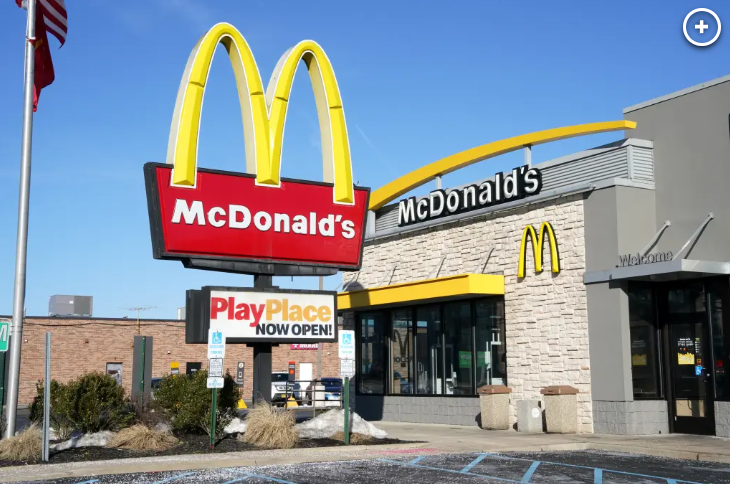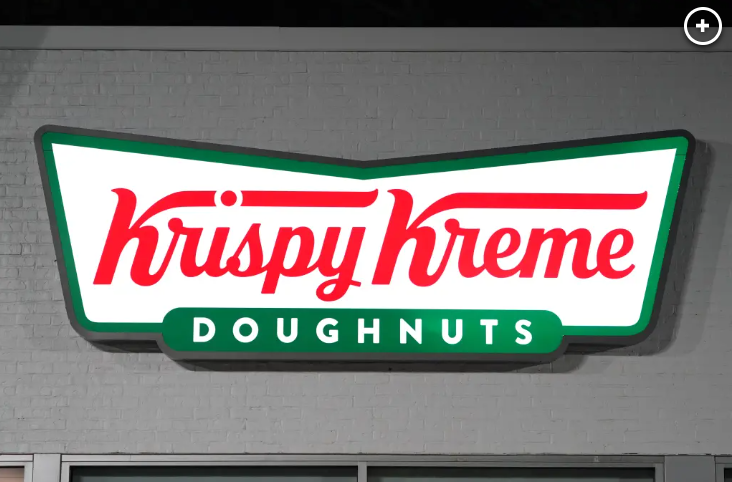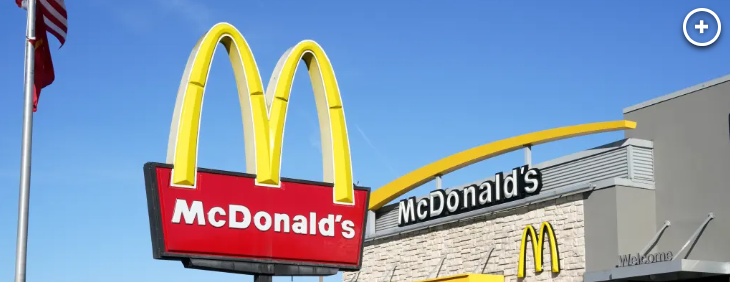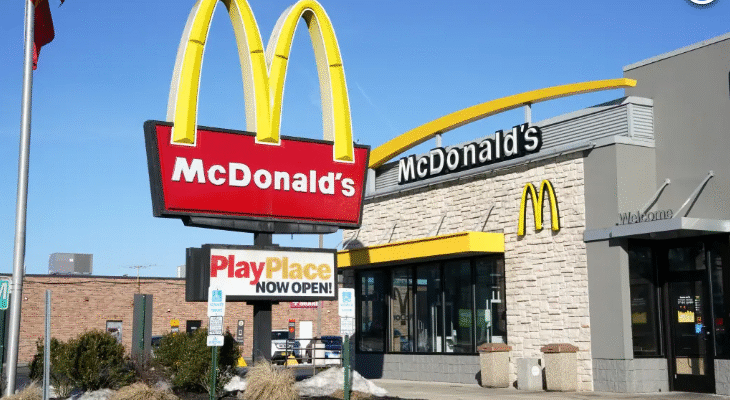
In a surprising twist for fans of sweet treats and fast-food crossovers, McDonald’s and Krispy Kreme have announced the end of their doughnut partnership after just one year. The collaboration, which brought Krispy Kreme’s iconic doughnuts into McDonald’s stores across the U.S., was touted as a delicious marriage between two beloved brands. However, despite the initial excitement and buzz, both companies revealed that continuing the deal was “unsustainable,” prompting them to part ways.
The Birth of a Sweet Partnership
When McDonald’s and Krispy Kreme teamed up in early 2024, it marked a notable fusion of fast-food giant and specialty doughnut maker. The deal aimed to attract more customers by offering Krispy Kreme’s classic Original Glazed doughnuts alongside McDonald’s staple breakfast items like coffee, Egg McMuffins, and hash browns.
For McDonald’s, this was a strategic move to diversify its breakfast menu and tap into the growing consumer appetite for indulgent, crave-worthy sweets. For Krispy Kreme, it was a chance to broaden its footprint beyond its own stores, reaching millions of McDonald’s customers nationwide.
The collaboration was initially well-received. Customers enjoyed pairing their morning coffee with the signature, pillowy doughnuts. Social media was abuzz with photos and praise, and many McDonald’s locations reported increased morning traffic during the launch months.
Why the Deal Fell Apart
Despite the early fanfare, McDonald’s and Krispy Kreme have now decided to discontinue the partnership, citing operational challenges and financial sustainability as key reasons.
In a joint statement released by both companies, they explained, “While we appreciated the enthusiasm for the Krispy Kreme doughnuts at McDonald’s, the logistics and costs involved in maintaining the quality and supply chain were not sustainable for us over the long term.”
Supply Chain Complexities
One of the biggest hurdles was the supply chain. Krispy Kreme doughnuts are best enjoyed fresh, typically made and sold within hours. To maintain freshness in McDonald’s outlets, the doughnuts had to be shipped quickly and stored properly— a significant logistical challenge given McDonald’s thousands of locations across the country.
McDonald’s stores, known for their fast-paced environment and high volume, faced difficulties managing doughnut inventory, storage space, and consistent replenishment. Maintaining Krispy Kreme’s signature freshness in such a setting proved to be more complicated and costly than anticipated.
Cost and Pricing Pressures

Another factor was cost. Krispy Kreme doughnuts come with a premium price tag compared to typical fast-food pastries. Incorporating these into McDonald’s menu forced pricing adjustments that may have impacted profitability and customer expectations.
Balancing competitive pricing while maintaining quality margins was difficult. According to insiders, the costs of shipping, storing, and handling the doughnuts combined with marketing efforts stretched both companies’ resources, especially in a competitive market where every cent counts.
Operational Impact on McDonald’s
From the operational standpoint, adding a fresh doughnut item required additional staff training, more equipment, and changes in workflows. Employees needed to monitor doughnut stock levels, handle special packaging, and manage expiration windows more carefully than with typical fast-food items.
These operational complexities placed additional strain on franchisees and store managers, especially during peak hours when speed and efficiency are paramount.
What Customers Are Saying
The news of the deal’s end has sparked mixed reactions from customers. Many loyal Krispy Kreme and McDonald’s fans expressed disappointment on social media, sharing stories of their favorite doughnut breakfasts and lamenting the loss of this limited-time treat.
“I loved grabbing a Krispy Kreme doughnut with my McCafe coffee every morning,” said Twitter user @BreakfastLover. “It was the perfect combo. Sad to see it go!”
Others took a more understanding stance. “I get that freshness is everything for Krispy Kreme, and McDonald’s is all about fast service. It makes sense if it wasn’t working out,” commented Instagram user @FastFoodFanatic.
What This Means for Both Brands

The end of this partnership doesn’t signify a failure for either brand but rather an acknowledgment of the practical challenges inherent in such collaborations.
McDonald’s Future Strategy
McDonald’s remains committed to innovating its breakfast and snack menus to cater to changing consumer tastes. While the Krispy Kreme deal has ended, McDonald’s is expected to explore other partnerships and product introductions that align better with its operational model.
The company has recently been focusing on expanding its McCafe coffee lineup, introducing new bakery items developed in-house, and testing plant-based and healthier snack options. Learning from the Krispy Kreme experience, McDonald’s is likely to prioritize products that blend seamlessly with its existing supply chain and customer experience.
Krispy Kreme’s Growth Plans
For Krispy Kreme, the partnership provided valuable exposure but reaffirmed the importance of controlling product quality through its own stores and direct sales channels.
Krispy Kreme continues to focus on expanding its retail footprint, improving its digital ordering platforms, and innovating with seasonal flavors and limited-edition doughnuts. The company’s strength lies in its bakery experience and brand identity, which it can best preserve by maintaining direct control over production and sales.
Industry Insights: Challenges of Food Partnerships
The McDonald’s-Krispy Kreme experience sheds light on the complexities of food industry partnerships between fast-food giants and specialty brands.
While combining forces can generate excitement and attract new customers, integrating different operational models is rarely simple. Maintaining product quality, managing supply chains, and aligning brand expectations often pose significant challenges.
Industry analysts note that successful partnerships usually require long-term planning, significant investment in logistics, and clear communication between partners. Without these, even promising collaborations may prove unsustainable.
Looking Ahead: What Could Be Next?
Though the Krispy Kreme doughnut deal is ending, both McDonald’s and Krispy Kreme have a lot to look forward to. Customers can still enjoy their favorite doughnuts at Krispy Kreme stores and McDonald’s can continue innovating with its wide breakfast offerings.
There is also potential for new partnerships in the future—perhaps with brands whose products better match McDonald’s service style or supply capabilities.
For consumers, the lesson is clear: food trends come and go, but brands continue evolving to meet taste and convenience needs.



